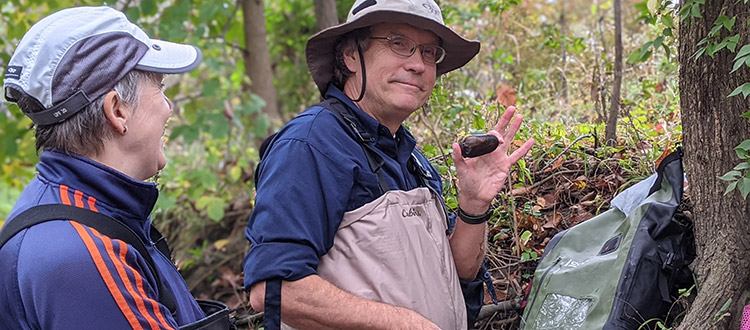In July, while conducting routine fish surveys in the lower Rouge, FOTR staff and volunteers noticed an unusually high number of piles of freshly discarded clam shells along the water’s edge. The survey team was very excited to see this evidence. These “clams,” technically known as freshwater mussels, are some of the most threatened creatures in North America, with 70% of species imperiled. Harvested to make buttons until the mid-1900s and forced to contend with watershed alteration, poor water quality and invasive zebra mussels, freshwater mussels struggle to survive in the Rouge.
It is not an accident that the fish survey team came upon these mussels as they have a unique relationship with fish. Freshwater mussels rely on fish to carry their larvae, called glochidia, on their gills or fins. To draw fish close, some mussels like the Lilliput use elaborate lures (video), whereupon they spew their glochidia. The glochidia do not harm the fish and the mussels are able to expand their range further than they could move themselves.
In Michigan, it is illegal to possess or collect freshwater mussels without a permit due to their unstable populations. Michigan is home to 43 freshwater mussel species and historical records show 35 species in the Rouge River watershed dating back at least to the 1920s. In 2011, FOTR offered a class on mussel identification and surveyed under the direction of biologist Joe Rathbun who recently published a field guide to freshwater mussels in Michigan with co-author Renee Mulcrone. Only ten species were found during Joe’s surveys from 1998-2011. Excited to possibly identify some new species this year, FOTR consulted with Joe and made the decision to apply for a scientific collector’s permit.
In October, permit in hand, Sally Petrella, Bob Muller, Bill Eisenman and Sue Thompson returned to the lower Rouge to investigate these mussels. Joe Rathbun and DNR biologists John Buszkiewicz and Kesiree Thiamkeelakul brought their expertise and mussel collecting gear. Using special underwater viewers and cheap plastic sieves, the team broke into two groups and thoroughly surveyed two sites. The results were exciting.
Three new species of freshwater mussels were found in the Rouge, expanding the list of ten to thirteen confirmed species. Two of these are rare: one state endangered and one special concern. Mussel names are whimsical and the new species are: Mucket (Actinonaias ligamentina), Lilliput (Toxolasma parvum) and Rainbow (Villosa iris). The Lilliput is small like the tiny people in the fictional kingdom of Lilliput and these small beings are endangered in Michigan. The slightly larger and more colorful Rainbow is a special concern species. The Rouge is also home to Paper pondshell (Utterbackia imbecilis) and Creek heelsplitters (Lasmigona compressa), both species of species concern, and Slippershell (Alasmidonta viridis), a state threatened species.
Restoration work on the Rouge is helping to support one endangered, one threatened, and three special concern species in Michigan. As work continues, it is hoped that more freshwater mussels return.
If you notice mussel shells along the river, make sure not to disturb them and never move live mussels. These creatures need all the help they can get.
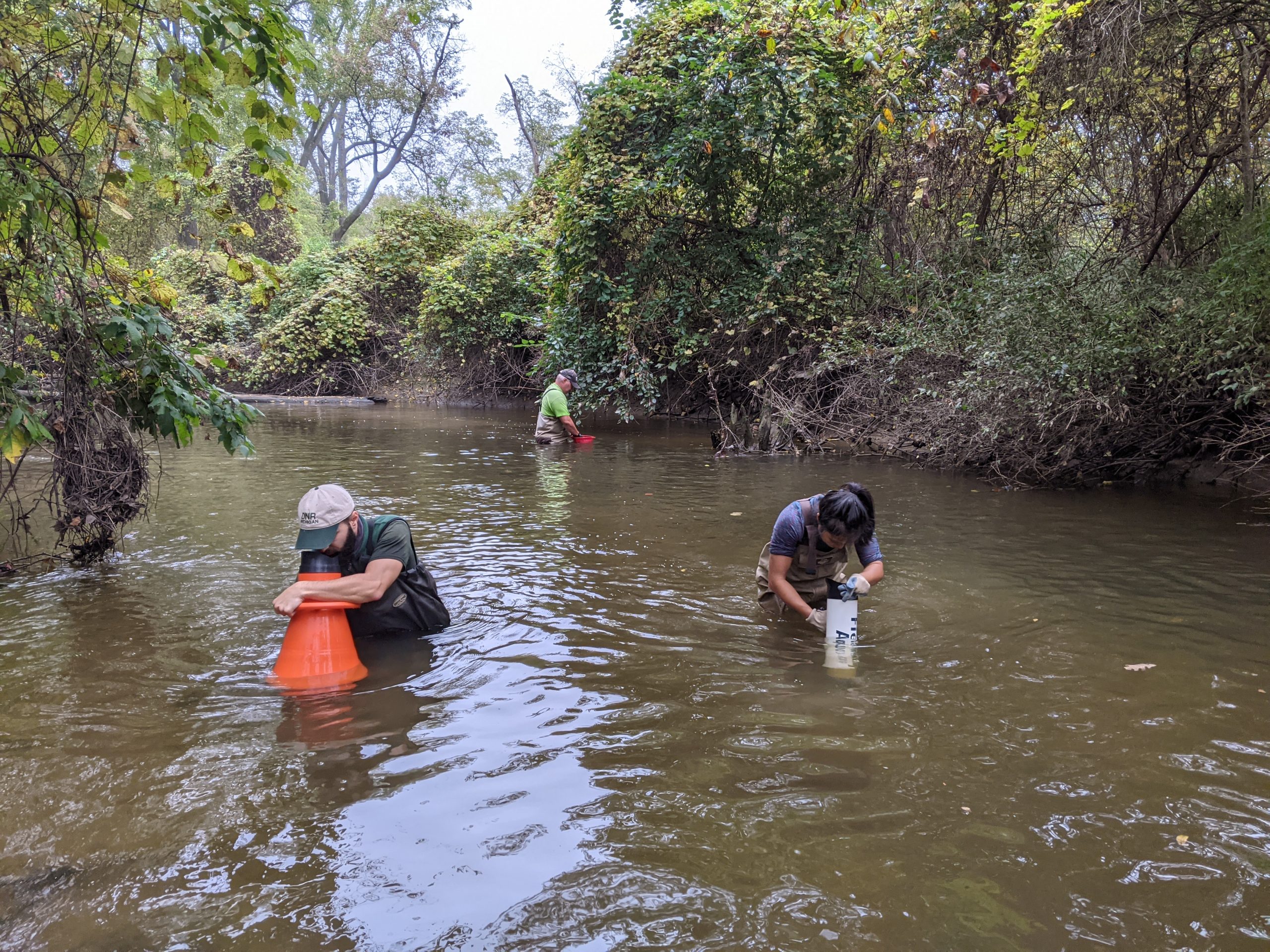
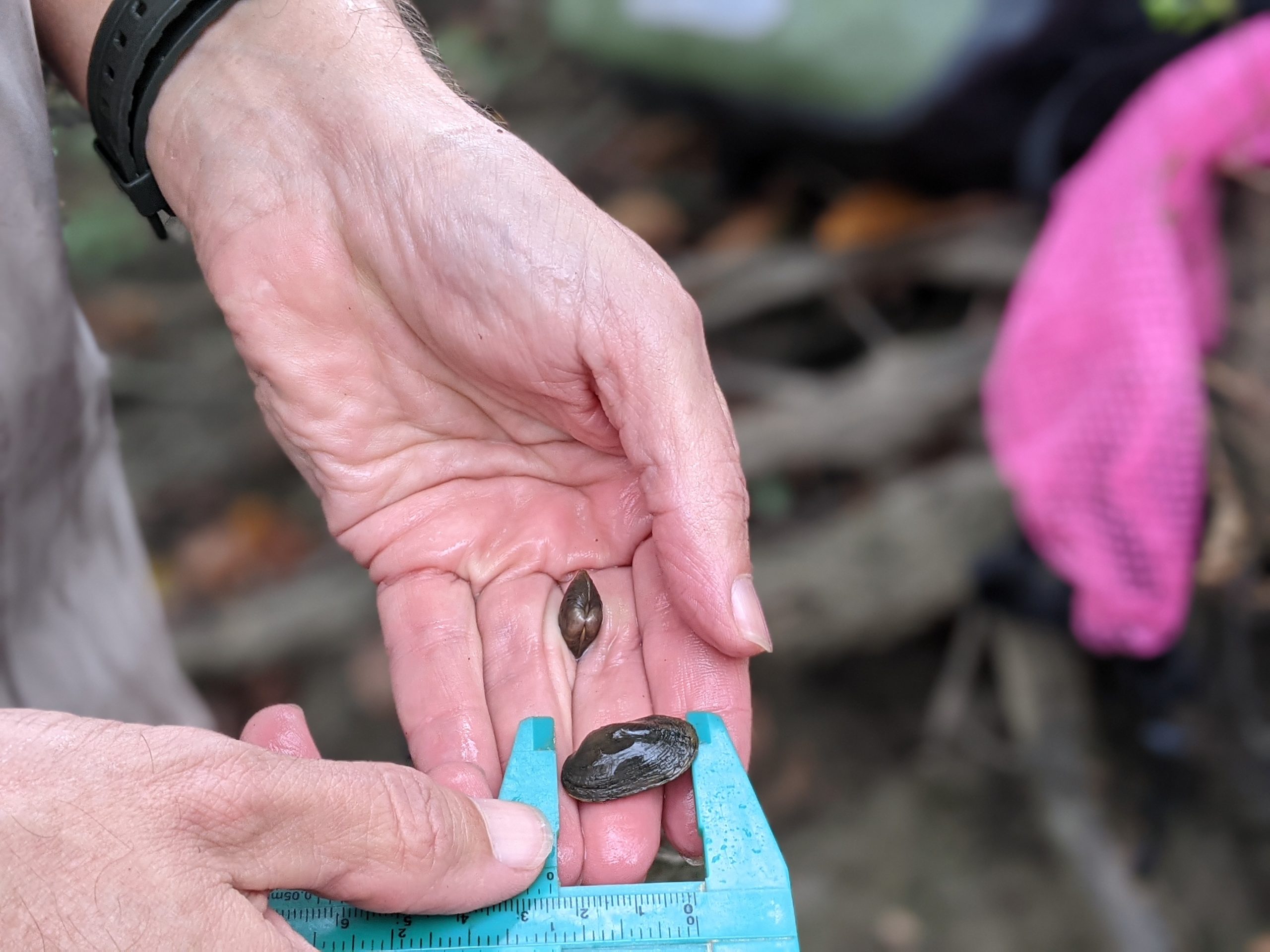
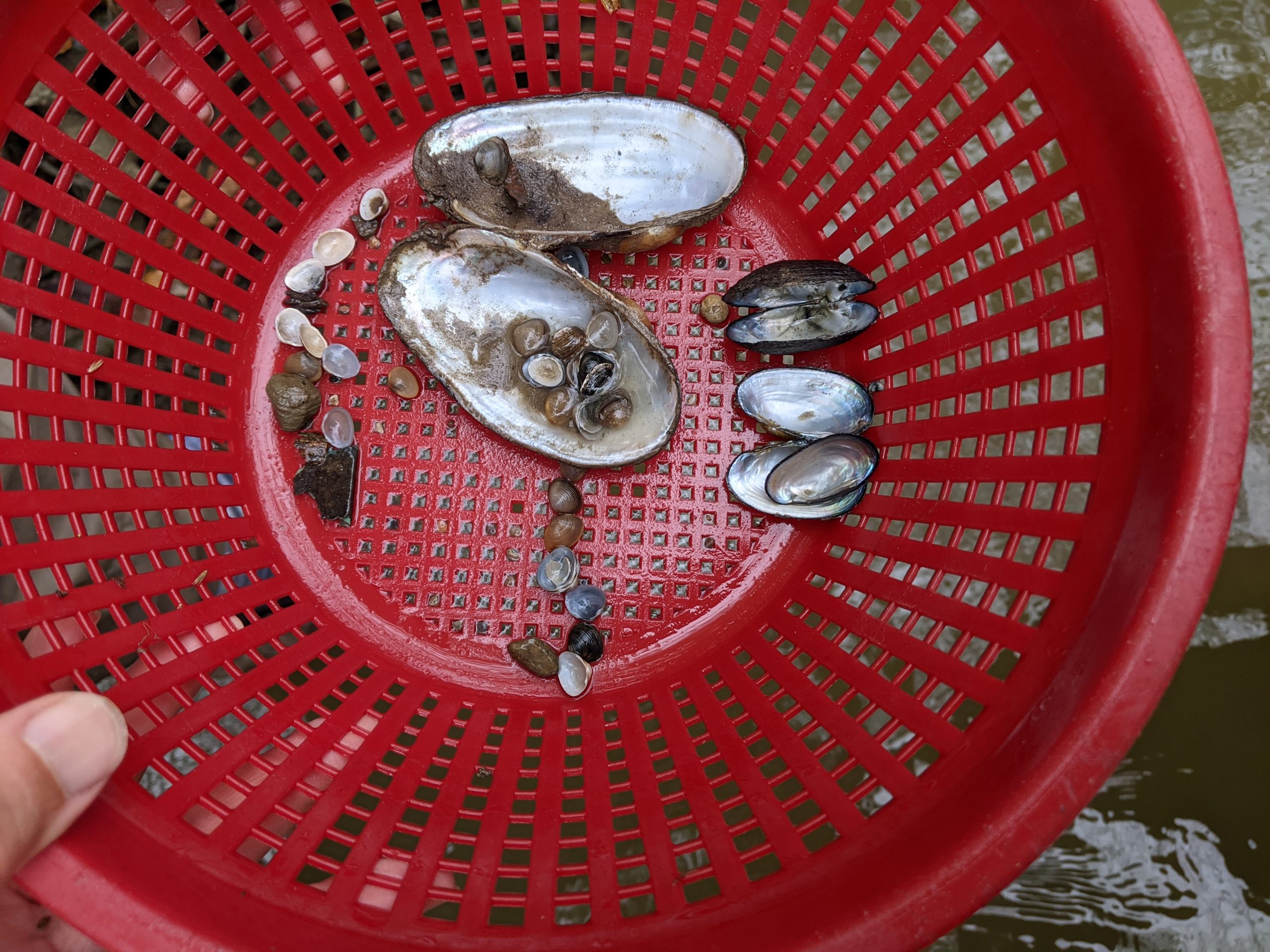
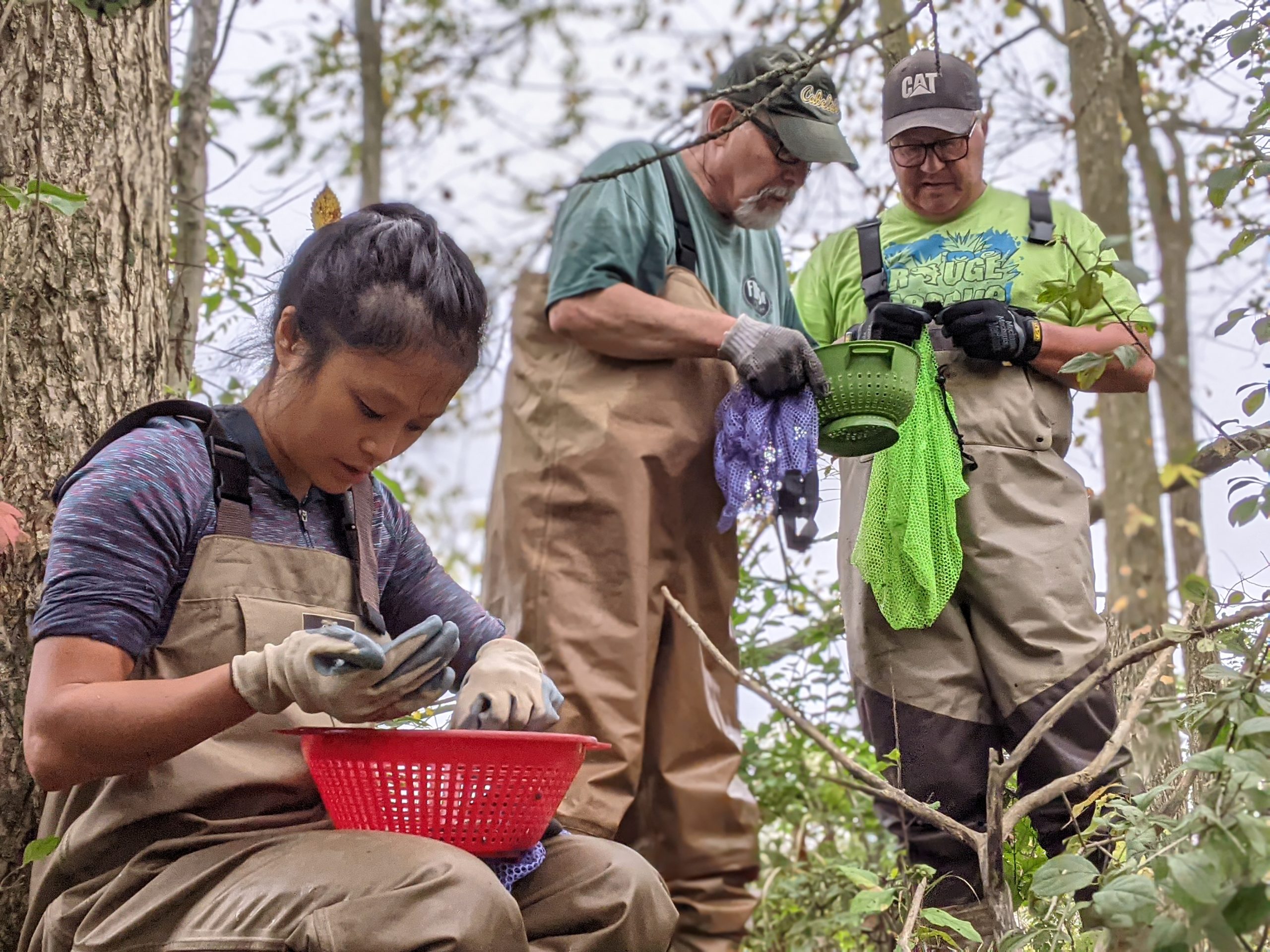
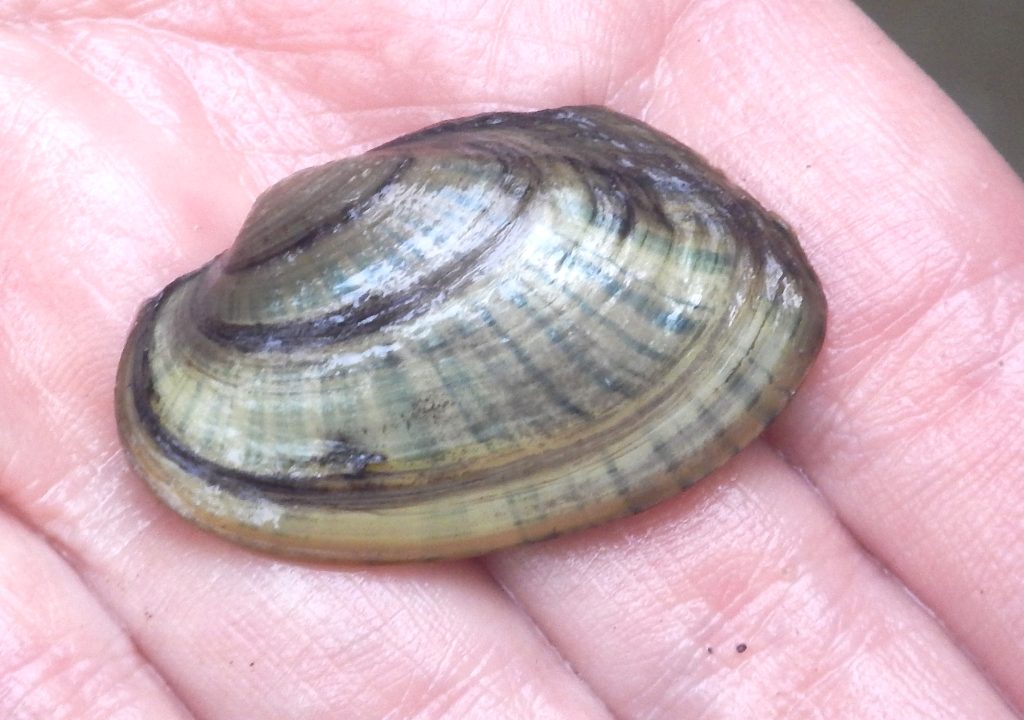
Categories
-
 BlogRead the latest blog posts from your FOTR team.
BlogRead the latest blog posts from your FOTR team. -
News & EventsLearn more about upcoming FOTR events and projects
